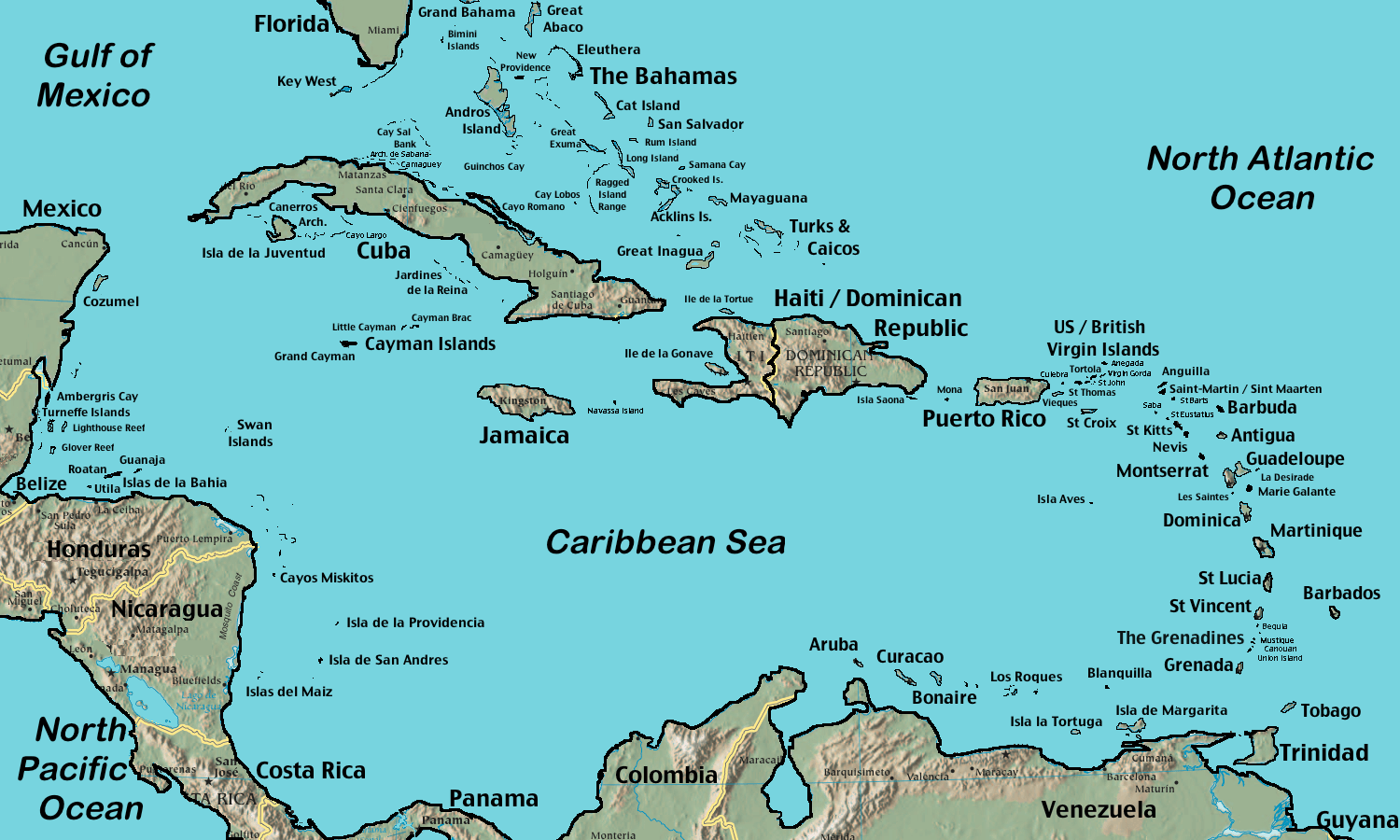Facts About The Dominican Republic And Visitors
LOCATION/GEOGRAPHY
The Dominican Republic occupies the eastern two-thirds of the island of Hispaniola, which it shares with the Republic of Haiti. The country is the second largest in the Caribbean region, with a surface area of 18,704 square miles (48,442 square kilometers). Located in the heart of the Caribbean, the Dominican Republic is surrounded by the Atlantic Ocean to the north and to the south by the Caribbean Sea.

POPULATION
The population of the Dominican Republic is 9,980,243 (2015 Census).
TIME ZONE Facts About The Dominican Republic And Visitors
Local time is GMT -4. It is an hour ahead of Atlantic Standard Time in the United States in the winter. Unlike the United States and Europe, the Dominican Republic does not observe daylight saving time.
CAPITAL CITY
The capital of the Dominican Republic is Santo Domingo, the oldest city in the New World. Greater Santo Domingo has a population of around three million people.
 GOVERNMENT
GOVERNMENT
The Dominican Republic is a representative democracy. There are three branches of government: Executive, Legislative and Judicial. Every four years the country elects its president, vice president, legislators and city government officials. President Danilo Medina and Vice President Margarita Cedeño were elected for a four-year term that began on 16 August 2012 and ends on 16 August 2016.
LANGUAGE Facts About The Dominican Republic And Visitors
Spanish is the official language of the Dominican Republic. However, you’ll be surprised how many hotel and tourist destination employees speak English, French, German and Italian. If you decide to venture out of the tourist areas, it is helpful to learn some basic phrases in Spanish.
CURRENCY
The Dominican Peso (RD$) is the official currency of the Dominican Republic. You can find the peso exchange rate for several international currencies at www.bancentral.gov.do/tasas_cambio/TMC4001.PDF
Major credit cards are accepted at most tourist locations, but it is best to check in advance at small hotels, restaurants and shops.
ATMs are located in almost all of the Dominican Republic’s cities, as well as at most resorts. Large supermarkets have ATMs that are open until late.
CLIMATE Facts About The Dominican Republic And Visitors
The Dominican Republic enjoys a tropical climate all year round, with average temperatures ranging from 66° to 93° F (19° to 34° C). The coldest season is between November and April, and the hottest season is between May and October. August is the hottest month.
TOURISM STATISTICS
5,599,859 non-resident foreigners flew to the Dominican Republic in 2015. A further 766,903 non-resident Dominicans also chose to visit in 2015.
Most air arrivals landed at the Punta Cana airport, 52.1% of all air traffic. Santo Domingo was the second destination of arrivals with 28.2%, followed by Santiago 10.3%, Puerto Plata 6.4%, La Romana 1.7% and Samaná 1%.
In 2015, most tourists visiting the country by air came from:
| United States | 41.4% |
| Canada | 15.4% |
| Germany | 5.1% |
| France | 4.7% |
| Spain | 3.6% |
| Venezuela | 3.5% |
| United Kingdom | 2.9% |
| Brazil | 2.9% |
| Argentina | 2.8% |
| Puerto Rico | 2.4% |
| Italy | 1.8% |
| Colombia | 1.6% |
| Russia | 1.5% |
| Belgium | 0.8% |
| The Netherlands | 0.8% |
In 2015, seaport activity was:
| La Romana | 345,764 passengers |
| Santo Domingo | 85,710 passengers |
| Puerto Plata | 60,046 passengers |
| Samaná | 58,430 passengers |
Facts About The Dominican Republic And Visitors
The National Hotel & Tourism Association (ASONAHORES) reports there are 723 hotels with a total of 69,816 hotel rooms in the Dominican Republic as of December 2015.


